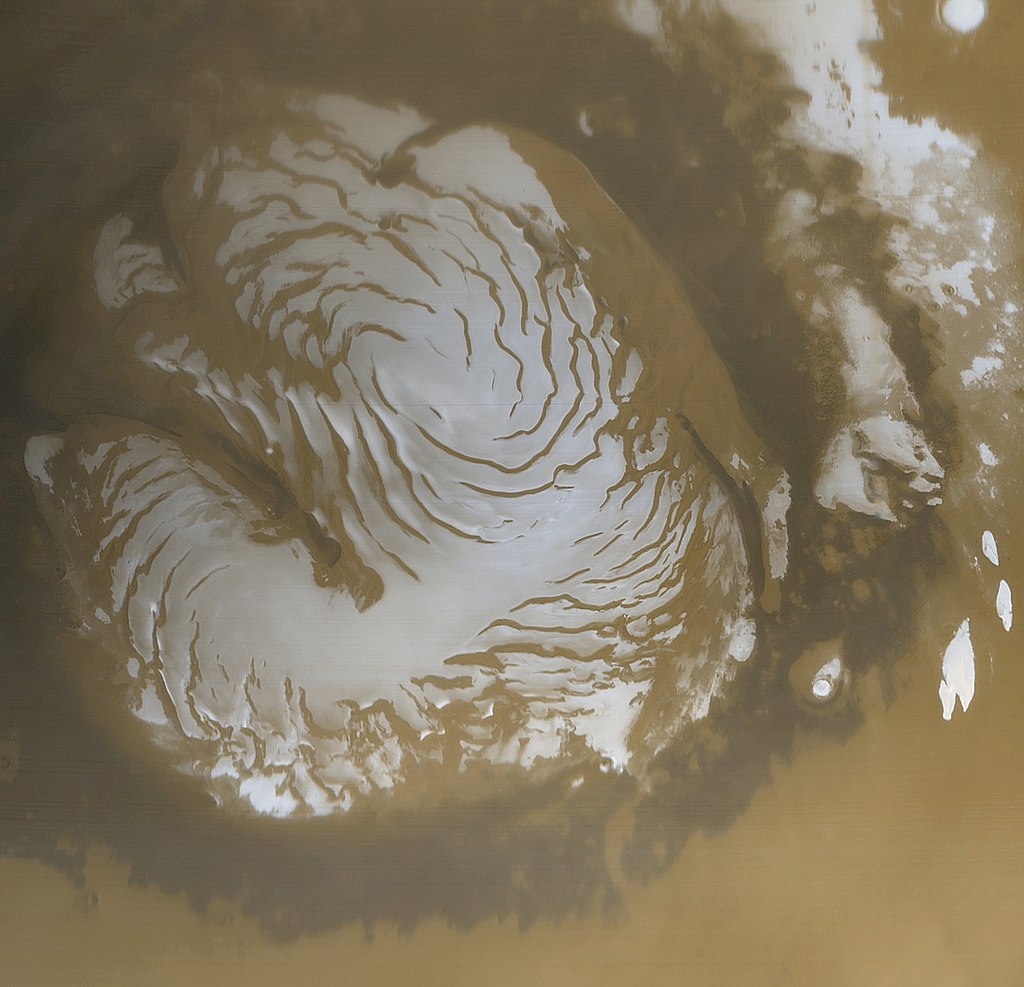
How Silica Aerogel Can Make Mars the Next Habitable Planet
For many years researchers have strived to figure out a way to transform Mars into another habitable planet, much like Earth. Researchers have long tried to determine if there are enough greenhouse gases and water on Mars to increase its atmospheric pressure to Earth-like levels, but have found that it falls far short of what is needed to make Mars a habitable planet.
But–
What if you could create a shield around certain regions of the planet to make it more habitable.
That’s what researchers from Harvard University, NASA’s Jet Propulsion Lab, and the University of Edinburgh want to do.
By using silica aerogel, a synthetic porous ultralight material derived from a gel, in which the liquid component for the gel has been replaced with a gas, they would be able to mimic the Earth’s atmospheric greenhouse effect.
The researchers conducted various modeling and experiments to show that a two to three-centimeter-thick shield of silica aerogel could transmit enough visible light for photosynthesis, block hazardous ultraviolet radiation, and raise temperatures underneath permanently above the melting point of water, all without the need for any internal heat source.
“This regional approach to making Mars habitable is much more achievable than global atmospheric modification,” said Robin Wordsworth, Assistant Professor of Environmental Science and Engineering at the Harvard John A. Paulson School of Engineering and Applied Sciences (SEAS) and the Department of Earth and Planetary Science. “Unlike the previous ideas to make Mars habitable, this is something that can be developed and tested systematically with materials and technology we already have.”
Surprisingly, Mars is the second most habitable planet in the Solar System after Earth, but it is still too hostile for much of life’s forms. This new method would allow for the creation of small islands that could sustain life and allow scientists to gradually transform Mars in a more controlled way.
Why Silica Aerogel?
Currently, on Mars, there exist a combination of water ice and frozen CO2. The frozen CO2 allows sunlight to penetrate while trapping heat. In the summer, this solid-state greenhouse effect creates pockets of warming under the ice.

“We started thinking about what kind of materials could minimize thermal conductivity but still transmit as much light as possible,” said Wordsworth.
Since silica aerogel is one of the most insulating materials ever created it seemed promising, especially since its effect is passive.
Silica aerogel wouldn’t require large amounts of energy or maintenance in order to keep an area warm for extended periods of time.
Using modeling and experiments that mimicked the Martian surface, the researchers demonstrated that a thin layer of this material increased average temperatures of mid-latitudes on Mars to Earth-like temperatures.
“Spread across a large enough area, you wouldn’t need any other technology or physics, you would just need a layer of this stuff on the surface and underneath you would have permanent liquid water,” said Wordsworth.
This material could be used to build habitation domes or even self-contained biospheres on Mars on Mars.
“There’s a whole host of fascinating engineering questions that emerge from this,” said Wordsworth.
The team plans to test the material in Mars-like climates on Earth like the dry valleys of Antarctica or Chile.
Story via Harvard John A. Paulson School of Engineering and Applied Sciences (SEAS)
